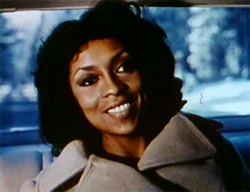
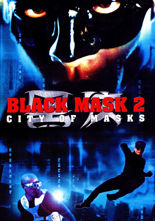 If you took X-Men and crossed it with The Island of Dr. Moreau, and then removed the good ideas of both and replaced them with pro wrestlers, you would — and do — have Black Mask II, the highly disappointing sequel to 1999’s terrific superhero kung-fu fest.
If you took X-Men and crossed it with The Island of Dr. Moreau, and then removed the good ideas of both and replaced them with pro wrestlers, you would — and do — have Black Mask II, the highly disappointing sequel to 1999’s terrific superhero kung-fu fest.
Although Jet Li wisely declined to return in the role, his Once Upon a Time in China trilogy director Tsui Hark — who merely served as producer on the original — agreed to helm the whole thing, a curious move akin to something like Steven Spielberg agreeing to do Poltergeist III.
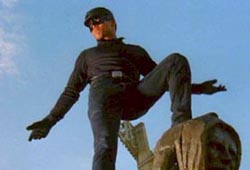 In his film debut, Andy On (Mad Detective) stars as Black Mask, the genetically engineered super-soldier dedicated to protecting his public. This time around, the bad guys are the aforementioned pro wrestlers, five of them (including Tyler Mane, Rob Van Dam and, um, former porn star Traci Lords) infused with animal DNA that turns them into actual reptiles. Thus, Black Mask spends his time kicking guys in rubber suits. It’s as if the Syfy channel had been granted full creative input, with acting on the level of any given Slim Jim commercial. Once Black Mask was shown riding down a street on an elephant, I gave up any hope that the movie might get good.
In his film debut, Andy On (Mad Detective) stars as Black Mask, the genetically engineered super-soldier dedicated to protecting his public. This time around, the bad guys are the aforementioned pro wrestlers, five of them (including Tyler Mane, Rob Van Dam and, um, former porn star Traci Lords) infused with animal DNA that turns them into actual reptiles. Thus, Black Mask spends his time kicking guys in rubber suits. It’s as if the Syfy channel had been granted full creative input, with acting on the level of any given Slim Jim commercial. Once Black Mask was shown riding down a street on an elephant, I gave up any hope that the movie might get good.
The major problem is the weak script (with five credited writers), but also detracting from one’s enjoyment are a heavy reliance on CGI, the terrible kid actor and downright confusing editing. Martial-arts choreographer extraordinaire Yuen Woo Ping serves as just that, but I sure couldn’t tell, as there’s nothing here that will excite any of your senses, except your desire to go to the bathroom without bothering to hit the pause button. —Rod Lott

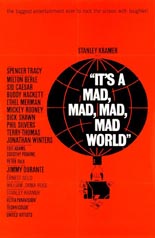
 Social-issues auteur Stanley Kramer (
Social-issues auteur Stanley Kramer (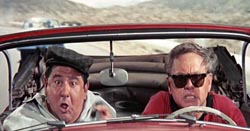
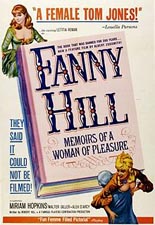
 Before Russ Meyer found his groove exercising his autonomy across a well-built body of work, he took on the for-hire job of adapting
Before Russ Meyer found his groove exercising his autonomy across a well-built body of work, he took on the for-hire job of adapting 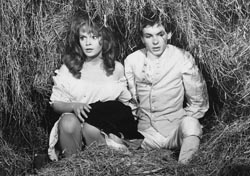

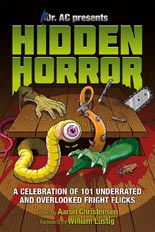
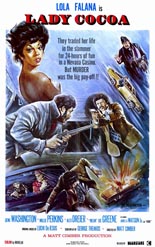
 Singer-turned-actress Lola Falana (
Singer-turned-actress Lola Falana (